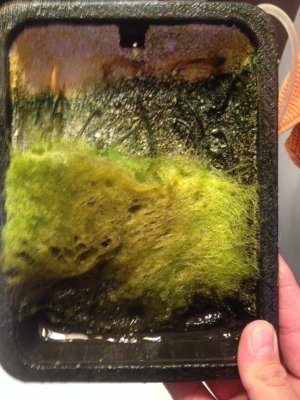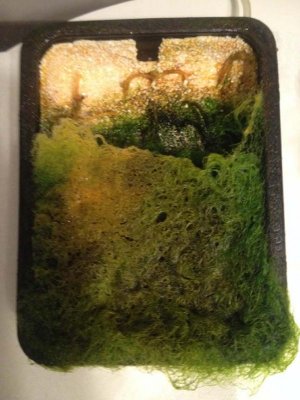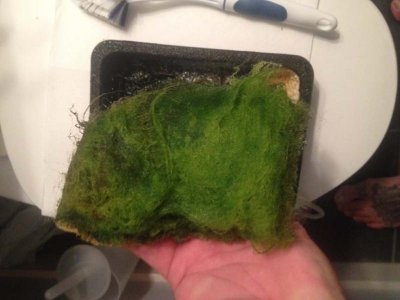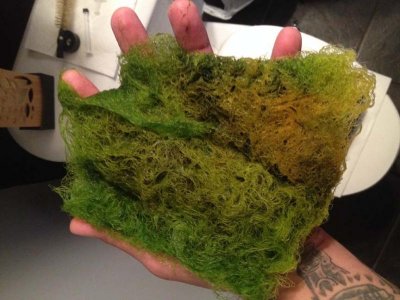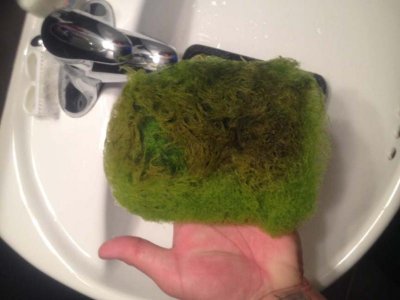Welcome Tony,
If the live rock is really "live", then a scrubber will keep the ammonia down so that more life lives in the rock. But it still won't grow that much until you start feeding fish and making lots of ammonia.
Thanks for the warm welcome. I don't plan to use a skimmer so I don't want to have to use one for the start up. I want to use a waterfall scrubber. I am still learning and trying to weed thru pages and pages of useful info but some seems to be contradictory, I suppose there is more than one way to do initial startup but most of what I have read does not talk about scrubbers.
My plan is to:
1. use a dry rock base (approx 50lbs) that I can aquascape and install in the tank
2. fill tank and sump with SW (using RO/DI)
3. add Aragonite dry sand and top off with live sand to save some money
4. add live rock from LFS (about 40-50 lbs)
Does this sequence make sense? I know that it will take some time for the bacteria to spread in the sand bed and onto the dry rocks, I don't mind waiting, in fact, I think it's a fascinating process and I want to really observe what happens anyway. I keep reading nothing fast happens on a reef so I can be patient.
As for the live rock from the LFS, when I buy it, should I bring some pails of SW to keep it submerged for the trip home? I live about 20 minutes from the LFS.

